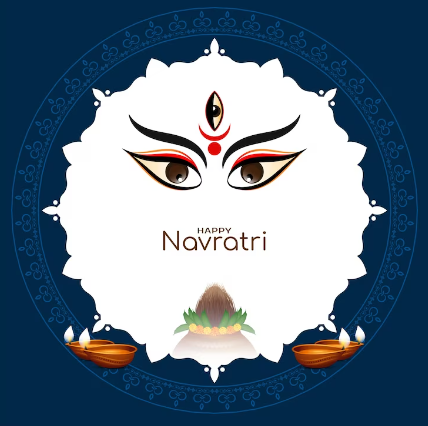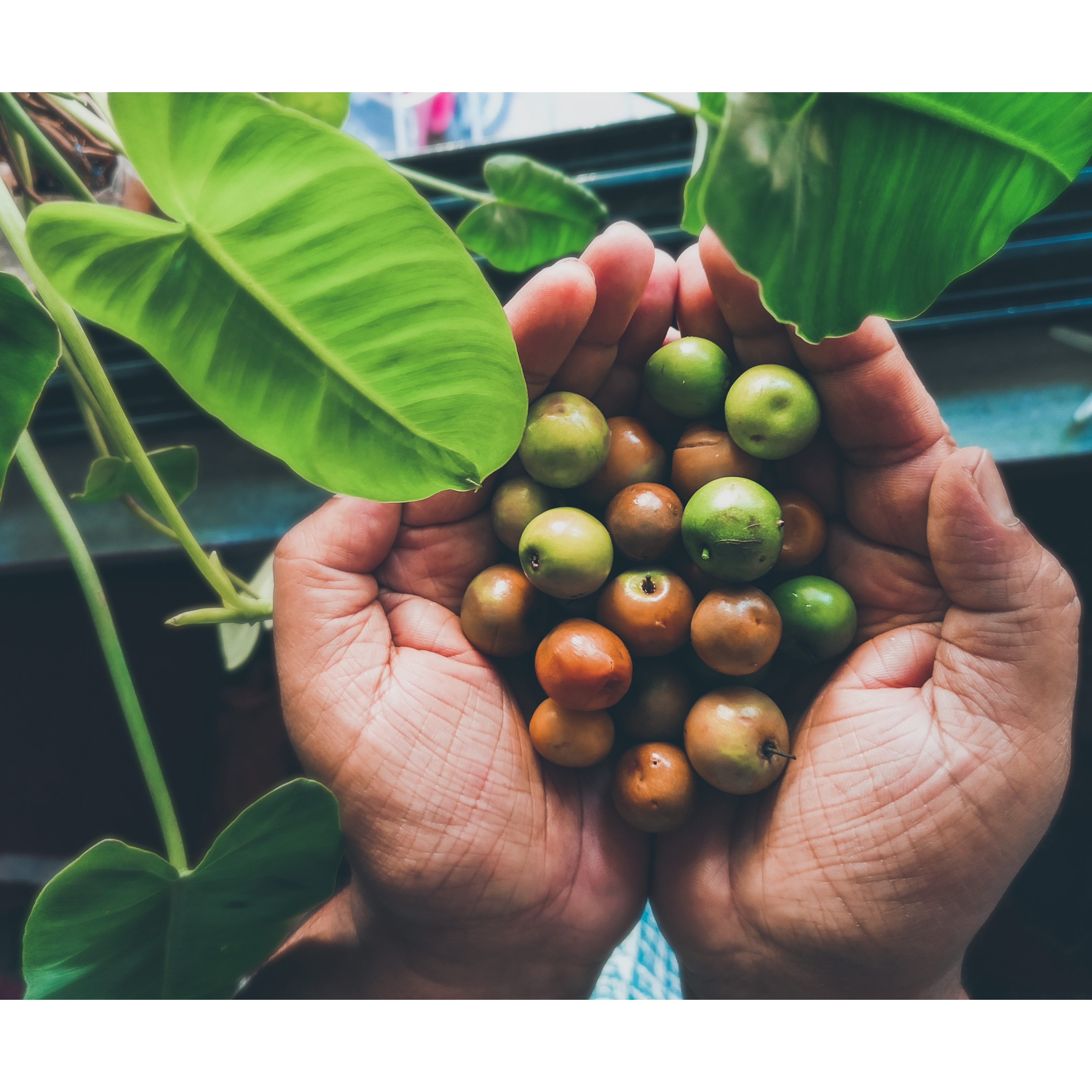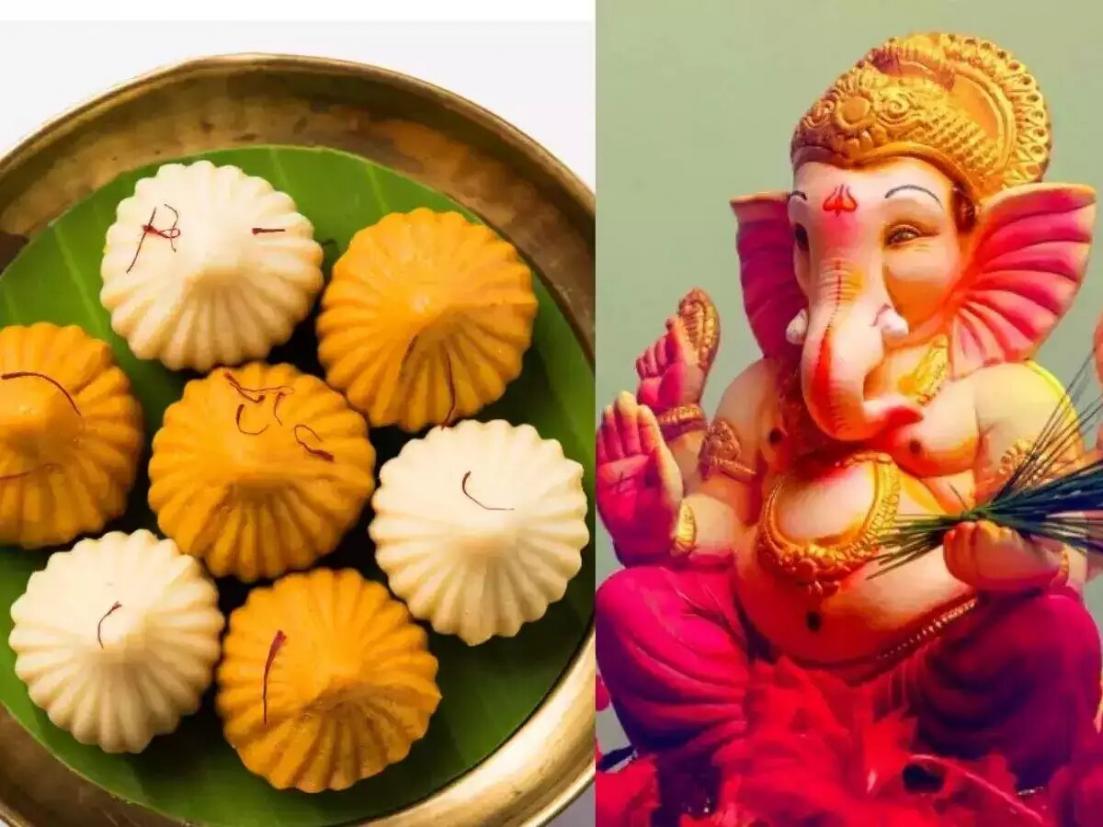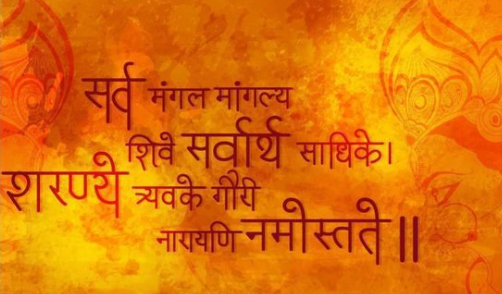Navratri 2023: How to Observe Vrat and Puja?

Navratri or Navdurga Parva, is one of the most joyful festivals for Sanatan Hindus across the world. It is celebrated in September-October and is known as Sharadiya Navratri. There are 2 Navratris commonly celebrated in a year, one is Sharadiya Navratri, and the other one which is celebrated in March-April, is known as Vasant Navratri or Chaitra Navratri. In Eastern India, Vasant Navratri is also called Basanti Puja.
Navratri Vrat and Puja 2023
Usually, devotees keep an eight to nine-day fast during Navratri Vrat and Puja.
- Navratri starts on the Pratipada Tithi of the Ashwin month. It will fall on October 15, 2023,
- The 9th day of the festival (Navami) of Navratri is on October 23, 2023
- Many people end their fast after Maha Ashtami Puja and many continue till the Maha Navami Puja, depending on their family rituals and traditions.
- October 24, 2023, is the 10th day of the Puja. The Tenth day (Dashami) is celebrated as Dussehra or Vijaya Dashami.
Significance of Navratri Vrat
The start of the Hindu calendar month of Ashwin or the start of the Sharad Ritu or Autumn season, are seasonal changes, that cause imbalances in the body. Therefore, fasting or eating a simple Satvik diet cleans our body and improves metabolism. By purifying the body, the process will ultimately purify our mind, as mind and body are interconnected.
As per legends, Goddess Durga explained the process of Navratri Vrat to her devotees. Since then, her devotees have started observing this.
Both men and women can observe Navratri Vrat Vidhi. Some devotees observe the fast for the entire 9 days. While some observe any two days out of the 9 days. However, fasting is not compulsory but usually, it is observed by most people to show their gratitude to Maa Durga. If you are following the Vrat, the following should be your routine for 9 days.
- In the morning, take a ritual bath and drink plain water.
- Most people have only 1 meal in the day, usually a traditional Navratri meal. For the rest of the day, they observe the fast.
- Some consume only fruits and milk during the 9 days. They are advised to consume coconut water, homemade fruit juice and watermelon juice. Make sure, you are having homemade juices and not the readily available ones in the market.
- Consumption of non-vegetarian food, alcohol, fried, spicy and rich items is strictly prohibited. Anything that is Rajsic and Tamasic is a simple NO NO! So, usually, it is a Satvik meal prepared in ghee and rock salt. Even mustard oil is not used in preparing the meals.
- The common foods that people usually consume during Navratri are Saboodana kheer or Saboodana khichdi, items made of potato and sweet potato. Fruits, makhana, peanuts, nuts, dry fruits and simple vegetables like aloo ki sabji, arbi ki sabji, puris and chapatti are made of either Kuttu ka atta, singhare ka atta or Saboodana. People also eat khichdi made of sama ka chawal. Items do not include regular grains and lentils.
- In their Navratri meal, some people avoid grains and replace regular salt with rock salt.
- People usually avoid the consumption of onion and garlic.
Breaking the fast: While breaking the fast, people should avoid overeating. Instead, they should eat simple and light meals, easily digestible. That way, the body will be able to retain and maintain the gains of the Vrat.
Navratri Puja Vidhi 2023
Items Required for The Navratri Puja
Before beginning the Navratri Puja, ensure you have the following things with you:
- Picture or Idol of Goddess Durga in the place of worship
- Sari or chunri to be offered to Maa
- Durga Saptshati book
- Gangajal or plain water in Kalash
- Fresh and washed mango leaves along with fresh Durba grass
- Sandalwood and 1 coconut
- For Tilak – roli, red sacred powder
- Mauli, red sacred thread and rice
- Supari (Areca nuts) and Paan (Betel leaves)
- Cardamom
- Incense sticks, fresh flowers (rose and jasmine)
- Fresh fruits as offering, ladoo or Peda
- Kumkum and Gulal
Navratri Puja Vidhi
- Wake up early in the morning, at the time of sunrise. This time is ideal for puja.
- Take a bath and wear clean clothes.
- At the left of the statue of Maa, place the deep or diya.
- Light “Akhand Jot”. Bear in mind that once you lighten the Akhand jot, no one can leave the house vacant. And someone should stay back.
- On the right of the statue of Maa, place the incense sticks along with coconut and Kalash.
- Place the mat in the front and sit on it, in front of Maa to offer puja.
- Perform the Durga Saptshati path, many people perform the Chandi path too.
- Blow the Shankh.
Please take advice from a professional pandit for proper 9-day Puja and Vrat Vidhi. Above are the basics listed.
Navratri Kalash Sthapana Vidhi
You should place the Kalash near the statue of Maa. Fill it with pure water. On the mouth of the Kalash, place the mango leaves. Inside it, place a coconut. Around the neck of the Kalash, tie a mauli. Sprinkle gangajal in the place of worship. Afterwards, offer Chandan or sandalwood powder. Next, offer the sari or dupatta. Put some fresh flowers in front of her. Afterwards, a paan with a clove placed on it should be presented. In case you are married, the no of paan should be 2. Next, light incense sticks or agarbatti.
The mantra: “Om Aing Hreeng Kleeng Chamundaya Vichche Namah”, should be chanted during the havan. Give Aahuti 11 times. At last, offer bhog and perform aarti. From the Durga Saptshati, sing the “Kshama Prarthana”, which is the 13th chapter, and conclude the puja.
Frequently Asked Questions
Q: What are some common mistakes, one should avoid when observing Navratri fasting?
A: Common mistakes to avoid during Navratri fasting include not staying adequately hydrated, overindulging in fried foods, and breaking the fast with heavy or unhealthy meals.
Q: Can Navratri Vrat be performed by women only?
A: Navratri Vrat is not gender-specific, both men and women can observe it. Many individuals and families choose to participate in the fasting and worship rituals during Navratri.









